Power of imaginative force, to break stylized forms of medieval art
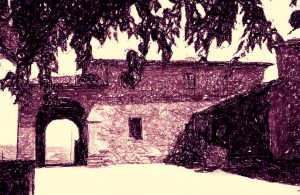
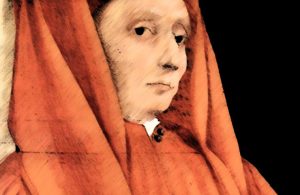
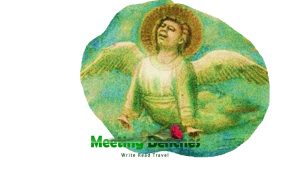 There are places where special things happen, like the roots of a tree that embrace the rock, a full moon just veiled by a cloud or a hill where a child is born destined to change the perception of painting. You can go to central Italy http://www.italia.it/en/home.html to understand how all this happened and it continues to perpetrate.
There are places where special things happen, like the roots of a tree that embrace the rock, a full moon just veiled by a cloud or a hill where a child is born destined to change the perception of painting. You can go to central Italy http://www.italia.it/en/home.html to understand how all this happened and it continues to perpetrate.
Vicchio was the birthplace of two masters of the figurative art: Giotto di Bondone and Beato Angelico. The birthplace of Giotto di Bondone http://www.zoomedia.it/Vicchio/Giotto.html was portrayed by painters and designers. During the first surveys on the structures, the house was an appendix built after the fifteenth century. Not far from Vespignano, the sixteenth-century Ponte di Ragnaia replaced a previous medieval bridge, where the meeting between the painter Cimabue and the shepherd boy Giotto took place, intent on drawing a sheep.
In Florence, he painted an altarpiece known as the Ognissanti Madonna (now in the Uffizi Gallery). His works point to the innovations of the Renaissance style that developed a century later. Born around 1266 on Vespignano hill (Vicchio, near Florence), he become the most important Italian painter of the 14th century. Giotto di Bondone http://www.travelingintuscany.com/arte/giotto.htm has been revered as the father of European painting. Around 1310, he signed the painted decoration of the interior of the Scrovegni Chapel in Padua.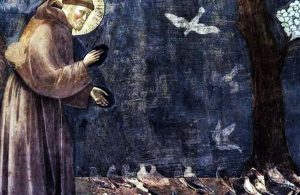
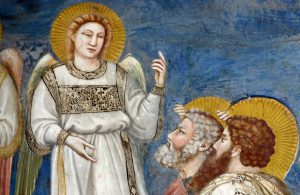
He was the son of a man named Bondone, a person of good standing. Pupil of Florentine painter Cimabue, with frescoes and panel paintings in tempera Giotto di Bondone http://www.giottodibondone.org/ decorated chapels in Assisi, Rome, Padua, Florence, and Naples. His dramatic immediacy waiting for you in the Upper Church at Assisi, where panels include the Adoration of the Magi, with a comet-like Star of Bethlehem streaks across the sky. From 1306 to 1311, he painted frescoes in the transept area of the Lower Church in Assisi.
In 1318, in the church of Santa Croce, he began to paint chapels for four different Florentine families (the Bardi Chapel, the Peruzzi Chapel the lost Giugni Chapel and the Tosinghi Spinelli Chapel). About his realism, it is true he painted the Madonna and St. Joseph and the Christ, but they was essentially Mamma, Papa and Baby. He painted the emotionalism of the Franciscan approach to Christianity. Acting with passion their parts in Christian drama, human beings into his works are the exclusive subject matter. His own genius was a true expression in art of the new humanity that St. Francis had brought to religion. Giotto di Bondone http://www.giottodibondone.org/died into a January day, 1337. Your eyes are full of wonder, but you are tired. Nothing better than booking accommodation and breakfast at Vicoletto http://il-vicoletto-guest-house.assisihotelspage.com/it/, right in the heart of Assisi.
To broaden your horizon of knowledge about other painters, you can type http://meetingbenches.com/category/paintings/. The sole purpose of this site is to spread the knowledge of these artists and that other people enjoy their works. The property of the images that appear in this blog correspond to their authors.
Audio Player Meeting Benches World art in all forms
Meeting Benches World art in all forms
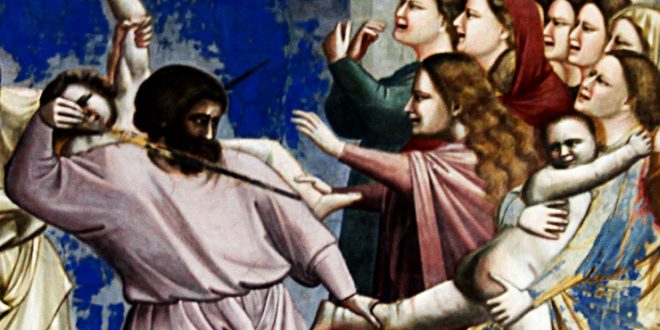
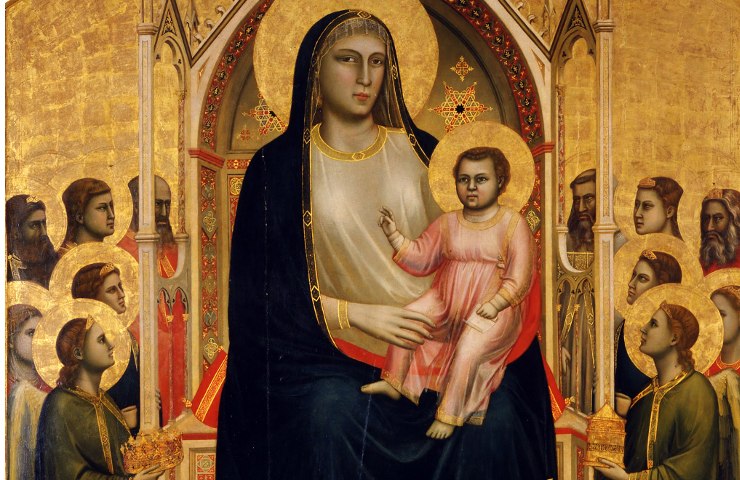


















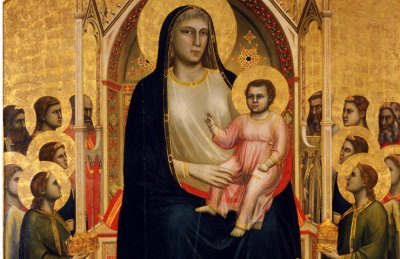




















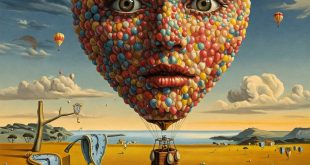
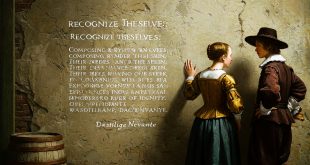
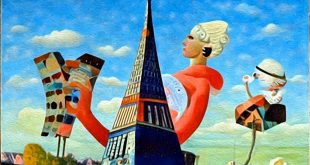
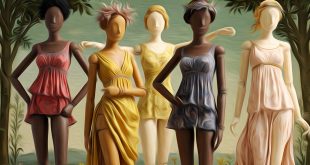

One comment
Pingback: WHERE A RADIUS OF SUN CLEANS MILLIONS OF SHADOWS – In the land of St. Francis of Assisi, wanting little and what little desire just want - Meeting Benches